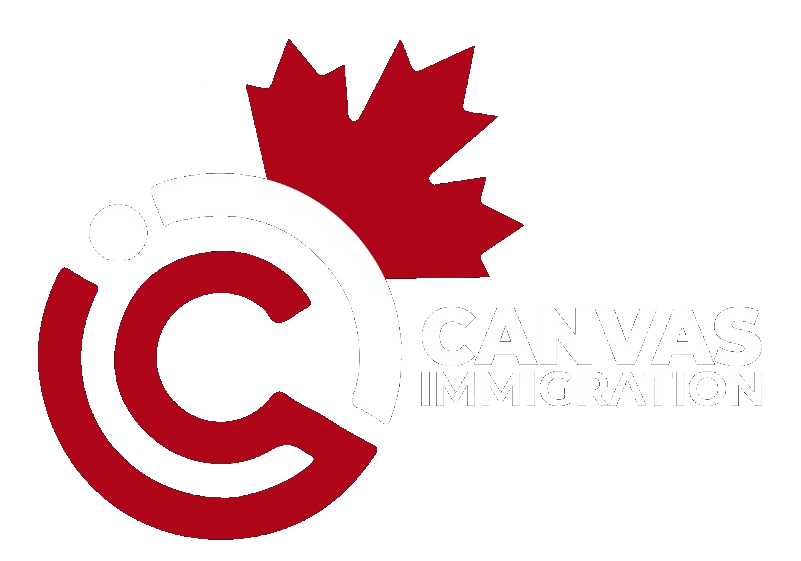Last Updated On 23 January 2025, 9:45 AM EST (Toronto Time)
The Canadian government has informed most provinces and territories to reduce their provincial nomination allocation by 50% this year as compared to 2024.
The Canadian provinces and territories are raising concerns about the halving of the Provincial Nominee Program (PNP) allocations for 2025.
This decision, part of a broader strategy to cut immigration targets, has ignited a fierce debate about the implications for Canada’s labour market and economic growth.
Table of Contents
Below is the anticipated provincial nomination quota for 2025 prepared by our team for most of the major Canadian provinces.
| Province | 2025 Quota (Expected) | 2024 Quota |
| Ontario | 10,750 | 21,500 |
| British Columbia | 7,586 | Around 15,100 |
| Alberta | 4,971 | 9,942 |
| Manitoba | 4,750 | 9,540 |
| Saskatchewan | 3,625 | 7,250 |
| Northwestern Territories | 150 | 300 |
| Nova Scotia (Including Atlantic Immigration Program) | 3,150 | 6,300 |
| New Brunswick | 2,750 | 5,500 |
| Prince Edward Island | 1,025 | 2,050 |
| Newfoundland and Labrador | 1,525 | 3,050 |
The PNP, which has been instrumental for provinces and territories in attracting skilled workers tailored to their specific economic needs, will see its slots significantly reduced.
This comes at a time when sectors like healthcare, trades, and education are grappling with persistent labour shortages.
In Manitoba, where the PNP has been pivotal, Labour and Immigration Minister Malaya Marcelino expressed her dismay over the cuts.
“We have committed to continue advocating for Manitoba and to continue those conversations with the federal government,” she stated, highlighting the need for 12,000 allocations through the Manitoba Provincial Nominee Program to meet the province’s labour demands in 2025.
Ontario’s immigration department has voiced concerns that these reductions could undermine the province’s ability to meet employer demands and support economic growth.
This sentiment is echoed across Canada, with each province facing unique challenges:
Alberta sees the federal decision as hypocritical, arguing that while Ottawa cuts overall immigration by 21 percent, PNP slots are reduced by half, thus stripping provinces of decision-making autonomy.
New Brunswick‘s Immigration Minister, Jean-Claude D’Amours, highlighted the critical sectors like trades, education, and healthcare, which rely heavily on the PNP.
He criticized the new requirement for 75% of nominees to already be in Canada, given New Brunswick’s rate was already at 89 percent, suggesting a lack of consideration for regional realities.
Saskatchewan, where the PNP is the key driver of economic immigration, will see its allocations reduced to 3,625 spots, the lowest since 2009, without prior consultation.
Yukon has decided to indefinitely postpone accepting its first cohort of PNPs in 2025, aiming to strategize on how to best utilize their limited allocation.
They’ve also ceased accepting applications from rural employers, indicating a strategic pivot to address acute labour market needs.
The office of Federal Immigration Minister Marc Miller defended the cuts, stating they were made “in consultation with provinces and territories” and are part of a broader reduction across all immigration categories.
However, Miller’s office also hinted at potential opportunities for additional allocations if provinces could collaborate on shared priorities like supporting asylum seekers and providing data to justify higher PNP allocations.
The drastic reduction in PNP allocations could lead to:
Labour Shortages: With fewer skilled immigrants entering specific provinces, sectors facing shortages might see an exacerbation of the problem, potentially slowing down economic activities and innovation.
Economic Stagnation: Reduced immigration might mean fewer consumers and workers, which could impact local economies, particularly in areas heavily dependent on immigrant labour for growth.
Increased Competition: The limited spots will likely increase competition among potential immigrants, possibly leading to a selection of candidates less aligned with the actual labour market needs of the provinces.
Housing and Services: With fewer new residents, there might be less immediate pressure on public services and housing, but this could also slow down development in these sectors.
Business leaders, educators, and healthcare providers across Canada have expressed concerns:
A Manitoba business owner, Cheryl Digby, lamented the cut, stating how the PNP had previously brought in skilled workers who were immediately productive.
In Saskatchewan, stakeholders worry that the cuts will hinder the province’s ability to fill essential roles in agriculture, manufacturing, and other key sectors.
The federal government’s decision has sparked a significant debate on federal versus provincial rights in immigration policy.
While the government aims to balance immigration with public services and housing capacities, critics argue that this approach may not adequately address specific regional economic needs.
Provinces are now tasked with either working within these new constraints or lobbying for more slots based on detailed labour market analyses.
The outcome of this policy shift could define Canada’s economic trajectory for years to come, potentially reshaping how provinces manage immigration and economic development.
If provinces unite to request more allocations based on historical data and gaps in the labour market, there is some hope of an increase in PNP allocations.
The 2025 immigration cuts to the PNP by the Canadian federal government represent a pivotal moment for the nation’s economic policy.
As provinces grapple with these changes, the dialogue between federal and provincial governments will be crucial.
How Canada navigates this balance between national strategy and regional needs will not only affect its labour markets but also its reputation as a land of opportunity for global talent.
If you’re affected by these changes or have insights on how these policies might reshape your community or business, join hands and share this article to keep the conversation going.
Let’s explore the future of Canadian immigration together.
Kamal Deep Singh, RCIC
Something went wrong. Please refresh the page and/or try again.
You may also like: Canada Spousal Open Work Permit Full List Of Eligible Occupations
New Stricter Rules In Canada Coming For Immigration Consultants
New Canada Open Work Permit Eligibility Effective January 21
New Ontario Regional Permanent Residency Pathway 2025 Details

